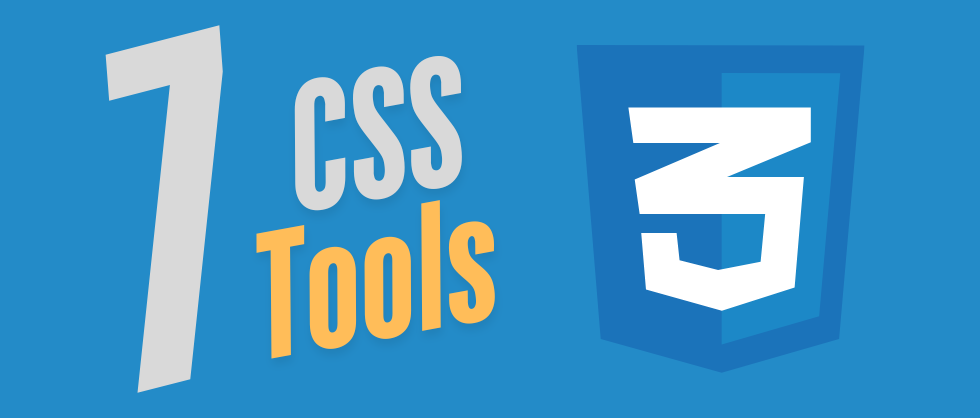Top Website Maintenance Practices to Keep Your Site Secure and Running Smoothly
Your website is the front door to your business—when it slows or faces security issues, customers walk away. Many business owners don’t realize that simple website maintenance can prevent costly downtime and keep threats at bay. In this post, you’ll get clear, practical steps to protect your site and keep it running smoothly, with expert insights from Enveos Creative Web Solutions. For more tips, check out this link.
Essential Website Maintenance Practices
Every sturdy website begins with solid foundations. To keep your site in top shape, two key practices are non-negotiable: regular updates and reliable backups.
Regular Software Updates
Keeping your software current is crucial. Outdated software can leave your site vulnerable to threats. Regular updates plug these gaps, boosting security. It’s like locking the doors to your digital house.
-
Why Update? Hackers often exploit known vulnerabilities. Updates fix these weak spots.
-
How Often? Weekly checks are ideal. Automate updates when possible to save time.
-
What to Update? Core software, plugins, and themes all need attention.
For a comprehensive guide on maintenance, see this insightful article.
Backup and Recovery Plans
Imagine losing all your website data. That’s a nightmare you can avoid with regular backups. Backups act as your safety net, ensuring you can recover swiftly from any mishap.
-
Backup Frequency: Daily backups are perfect for dynamic sites. Static sites can aim for weekly.
-
Storage: Use multiple locations—cloud and physical drives.
-
Testing: Simulate a recovery to ensure backups work when needed.
For a more in-depth look at website maintenance tasks, visit this resource.
Preventing Security Issues

Securing your site is more than installing software. It’s about creating habits and policies that safeguard your data.
Implement Strong Password Policies
Weak passwords are like leaving your door wide open. Strong password policies shut that door and bolt it tight.
-
Password Rules: Use at least 12 characters with a mix of symbols, numbers, and letters.
-
Change Frequency: Every 3-6 months is recommended.
-
Two-Factor Authentication: Add this extra layer for robust security.
Most people overlook password complexity, but it’s a simple way to enhance security.
Conduct Security Audits
Regular audits identify vulnerabilities before attackers do. They’re your security check-up, ensuring everything is in order.
-
Audit Frequency: Quarterly audits keep you ahead of threats.
-
Tools to Use: Automated tools can streamline this process.
-
Focus Areas: Check for outdated software, weak passwords, and unauthorized access.
Discover more on maintaining website security here.
Minimizing Downtime

Downtime is costly, but you can prevent it by staying proactive. Monitoring and optimizing performance are key.
Monitor Website Performance
Consistent monitoring catches issues early. It’s like having a health checkup for your site.
-
What to Track: Load times, server uptime, and user behaviors.
-
Tools Available: Use applications like Google Analytics for insights.
-
Respond Quickly: Immediate action can prevent prolonged downtime.
Implement CDN Solutions for Speed
A Content Delivery Network (CDN) accelerates your site’s speed by distributing content efficiently. Faster sites mean happier visitors.
-
Benefits of a CDN: Reduces server load, improves load times.
-
Choosing a CDN: Consider factors like price, coverage, and support.
-
Integration: Simple plugins can integrate CDNs into your site smoothly.
Explore more on boosting site speed in this HubSpot article.
By following these steps, you not only secure your website but also enhance its performance and reliability. Remember, proactive maintenance is your best defense against downtime and security threats.




